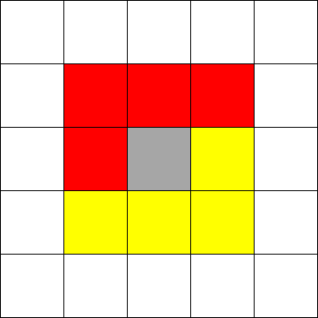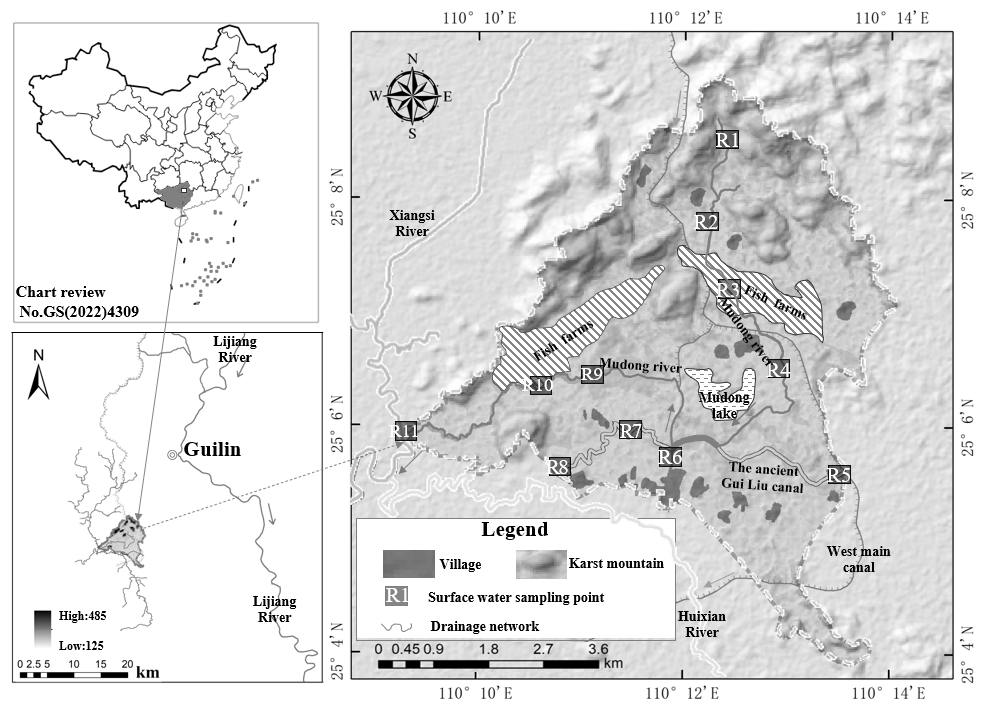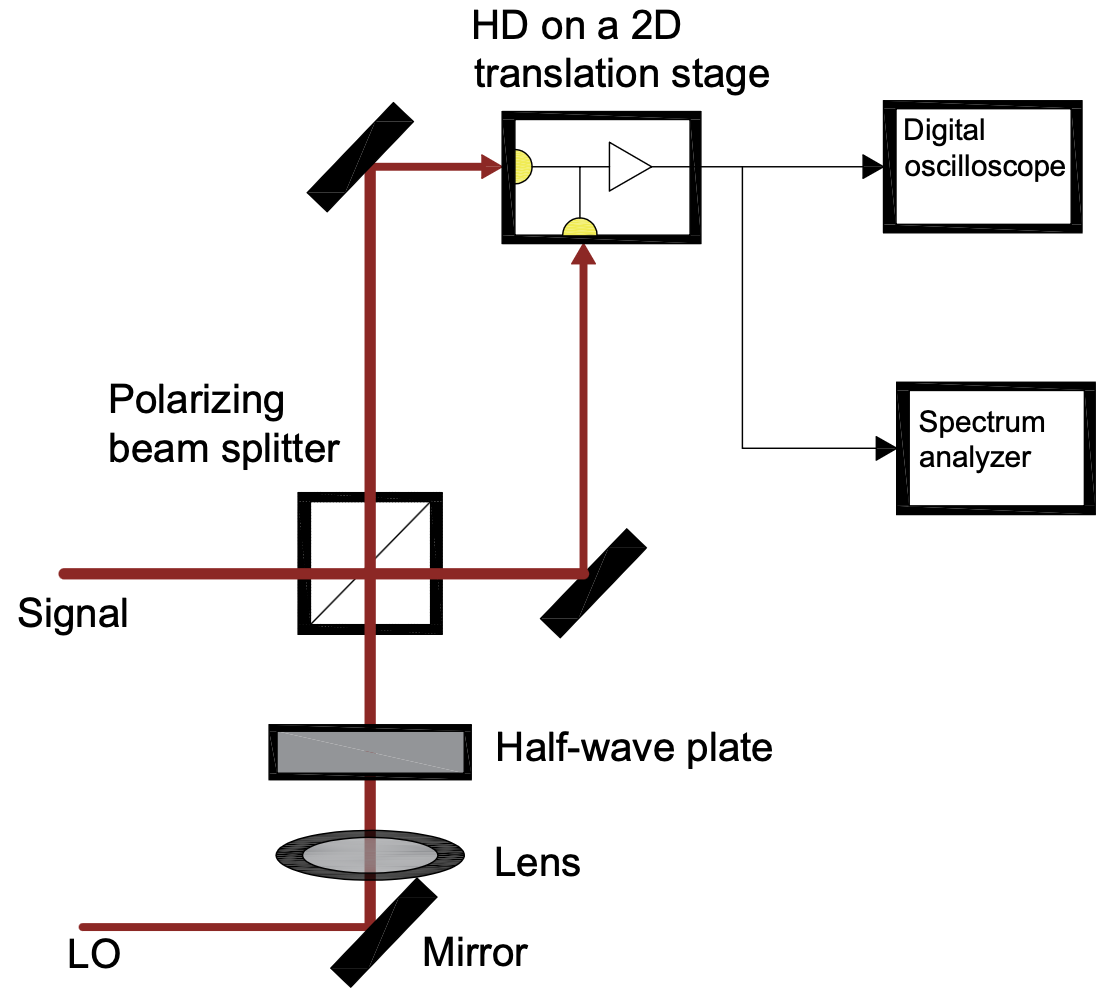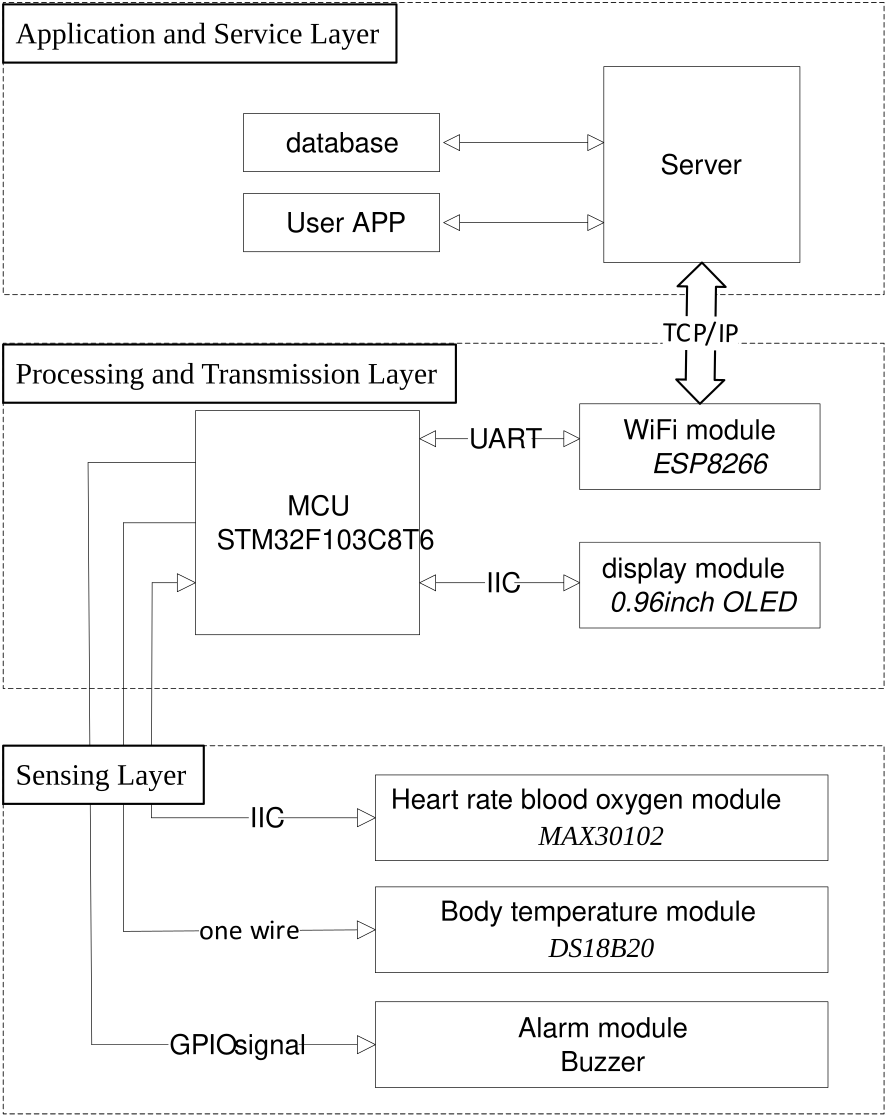Volume 16 Issue 7
Published on August 2025
To address the problem in boundary tracing where there is no direct association between entities and boundary pixels—that is, determining which entity a boundary belongs to—a novel run data-based boundary tracing algorithm is proposed. Unlike traditional tracing algorithms, this approach first extracts boundary pixels and then classifies them to ensure 100% extraction accuracy. A region labeling algorithm is introduced to establish a direct link between boundaries and objects. The concept of boundary run data is proposed to avoid errors in previous run data algorithms, particularly at corners. Furthermore, the proposed algorithm is parallelized using MPI to further improve its speed. Experiments conducted on the MPEG-7 CE standard dataset demonstrate that the proposed algorithm achieves 100% accuracy, offers significant speed improvements over traditional algorithms, and exhibits further performance gains after parallelization.

 View pdf
View pdf



The agricultural watersheds in the karst regions of Southwest China face severe nitrate pollution, but research on its sources and transport mechanisms remains limited. This study focuses on the Mudong River watershed in Guilin, Guangxi. Water samples were collected from 2020 to 2025 and analyzed for hydrogen, oxygen, nitrogen, and oxygen isotopes as well as nitrogen concentrations, in combination with the SIAR model. Results show that total nitrogen is mainly in the form of nitrate, with δ¹⁵N-NO₃⁻ and δ¹⁸O-NO₃⁻ values ranging from -1.651‰ to 14.993‰ and 0.037‰ to 19.266‰, respectively. Nitrification dominates nitrate transformation, with soil nitrogen and animal manure/domestic wastewater as the primary sources. This research provides a scientific basis for nitrate pollution control in agricultural watersheds of karst regions.

 View pdf
View pdf


With the acceleration of urbanization and the increasingly severe shortage of land resources in China, the development of underground space has emerged as a key strategy to alleviate urban development conflicts. It plays a vital role in mitigating the “metropolitan maladies” and optimizing the spatial layout of national territory. However, various issues in underground space development have become increasingly prominent, including inadequate planning systems, poor functional coordination, pronounced safety risks, and fragmented management mechanisms. Moreover, China's urban underground space development remains at an early stage, with a low degree of integration between above-ground and underground spaces, and a relatively weak resilient disaster prevention system. This study analyzes key factors affecting the effectiveness of underground space development and proposes targeted strategies to enhance overall outcomes. These include improving institutional frameworks, promoting the integrated application of BIM and GIS technologies, constructing digital platforms, and facilitating green and low-carbon transitions. The research also offers theoretical insights to support the refinement of the Regulations on the Development and Utilization of Urban Underground Space. In the future, technical approaches can be further validated through integration with smart city pilot initiatives.

 View pdf
View pdf



A Frequency Selective Surface (FSS) was prepared using a silver-plated yarn knitting process and incorporated into resin-based composites. The equivalent electromagnetic parameters and normal-incidence reflectivity characteristics in the 4–18 GHz range of composites with a single-layer periodic array of split-ring structures were investigated. The variation in reflectivity under large-angle incidence for vertically and horizontally polarized waves was also examined. The results show that the composites prepared using this method exhibit absorption characteristics distinct from those of metal FSS materials, which typically have high absorption peaks but narrow bandwidths. The reflectivity of these composites demonstrates a broader bandwidth with lower peak values and reduced sensitivity to incident angle and polarization. By designing an H-shaped silver-plated yarn FSS and combining it with dielectric-loss-type absorbing materials, the absorption bandwidth of the dielectric absorbing composites was further broadened.

 View pdf
View pdf



Driving fatigue is one of the major contributors to traffic accidents and poses a serious threat to road safety. Traditional driving fatigue detection methods suffer from limitations such as low classification accuracy, insufficient generalization ability, and poor noise resistance. To address these issues, this study proposes a novel driving fatigue detection approach based on an improved dense connection convolutional network. This method innovatively utilizes raw Electroencephalogram (EEG) signals as input to the model without requiring any data preprocessing, thereby enabling end-to-end feature extraction and classification. The network enhances information flow within dense blocks to promote feature reuse, employs multi-scale convolutional layers for feature extraction, and integrates an attention mechanism to assign adaptive weights to multi-scale feature channels. After completing primary feature extraction through stacked dense blocks and pooling layers, a multi-class classification function is applied to detect driving fatigue. Experimental results on the SEED-VIG driving fatigue dataset show that the proposed method achieves an accuracy of 97.32%, a precision of 96.43%, a recall of 95.78%, and an F1-score of 96.10%. Compared to traditional approaches such as Convolutional Neural Networks (CNN) and Long Short-Term Memory Networks (LSTM), the accuracy improves by 5.14% and 3.45%, respectively. This study demonstrates that the proposed method has significant practical value: on one hand, the end-to-end architecture greatly simplifies the complex feature engineering required by traditional methods; on the other hand, the incorporation of feature reuse and attention mechanisms substantially enhances the model’s classification performance and generalization capability, providing a new technical perspective for intelligent driving safety monitoring.

 View pdf
View pdf



Against the backdrop of rapid fintech development, Artificial Intelligence(abbreviated as AI)financial risk control models have been widely applied in financial risk assessment and management due to their efficiency and accuracy. However, data poisoning attacks, as a malicious means targeting model training data, severely threaten the reliability and security of these models. From a professional and technical perspective, this paper deeply analyzes the principles of AI financial risk control models and data poisoning attacks, systematically sorts out the existing problems in the current response process, including incomplete data source verification mechanisms, insufficient abnormal data identification capabilities, to be improved model robustness, imperfect dynamic defense systems, and lagging attack traceability technologies. Aiming at these issues, specific response strategies are proposed, such as constructing a multi-dimensional data verification system, strengthening abnormal data detection algorithms, optimizing model architecture design, establishing dynamic monitoring and response mechanisms, and enhancing attack traceability technology, with the aim of providing theoretical and practical references for ensuring the safe and stable operation of AI financial risk control models.

 View pdf
View pdf



Balanced Homodyne Detection (BHD), introduced in the 1970s, enables highly sensitive detection of phase and amplitude variations in weak light. Initially developed as an advanced optical detection technique, it rapidly became essential in quantum optics for accurately quantifying quadrature components and detecting squeezed states at the shot-noise limit. Today, BHD plays a critical role in diverse fields such as high-precision quantum metrology, gigabit speed optical communications, gravitational wave detection, and large-scale quantum information systems. In this study, a BHD simulation was implemented with a 90° phase difference between the local oscillator and the signal, thus enabling the extraction of the phase quadratureP^component of the optical field.

 View pdf
View pdf



Stroke can lead to brain dysfunction and, in severe cases, may result in long-term paralysis, aphasia, or memory impairment, significantly affecting daily life. Acute stroke episodes can be life-threatening and require timely treatment to minimize sequelae. Traditional stroke detection methods are often insensitive to early subtle lesions, prone to misdiagnosis or missed diagnosis, and incapable of real-time dynamic monitoring of disease progression. To overcome these limitations, this study proposes a stroke medical image classification method based on the Wavelet Scattering Network (WSN), aiming to improve the detection of stroke lesions. The WSN classifies medical images through multi-scale wavelet transformation and hierarchical nonlinear operations. The core principle involves first decomposing the image using wavelet filters to extract local features such as multi-scale edges and textures. This is followed by modulus operations to eliminate phase variations and enhance translation invariance, and then layer-by-layer downsampling to compress feature dimensions. Finally, stable low-dimensional feature vectors are generated for classification. The proposed method was applied to Dataset 1 and the stroke dataset from the Teknofest-2021 Medical AI Competition. The results show that the method achieved an accuracy of 88.69% on Dataset 1 and 93.75% on the Teknofest-2021 dataset. Compared with traditional methods such as Convolutional Neural Networks (CNN) and Long Short-Term Memory Networks (LSTM), the proposed approach improves classification accuracy by 7.33%–11.33%. The WSN-based method effectively overcomes the limitations of traditional stroke medical image classification and diagnosis techniques, offering a novel technical approach and solution for this field.

 View pdf
View pdf



Large-Scale Language Models (LLMs) have initiated transformative changes in Traditional Chinese Medicine (TCM), yet existing LLM-based diagnostic approaches face challenges such as prolonged training cycles and high implementation costs due to reliance on medical expertise. To address this, we propose a systematic framework integrating multimodal data and LLM technologies. First, we analyze bottlenecks in traditional diagnosis (e.g., subjectivity) and modernization challenges. The framework leverages open-source foundation models (e.g., Baichuan2, LLaMA) pre-trained on "symptom–syndrome–medication" associations, fine-tuned with clinical data to simulate diagnostic workflows. Key components include: (1) a Data Input Layer capturing tongue image features (via YOLOv5s6/U-Net), speech spectra, BERT-encoded inquiry texts, and pulse waveforms; (2) a Feature Fusion Layer constructing syndrome differentiation vectors through multimodal feature concatenation; and (3) a Prediction & Feedback Layer generating diagnostic probabilities with reinforcement learning based on clinical efficacy. Finally, we discuss critical issues, including risks of physician replacement, professional competence degradation, and liability attribution in diagnostic errors. This framework aims to enhance TCM diagnostic efficiency while ensuring clinical reliability.

 View pdf
View pdf



With the increasing aging population and personalized health management needs, this paper proposes an IoT-based home heart rate monitoring system. The system uses the STM32 microcontroller as the core, integrating a PPG sensor and a body temperature sensor to collect physiological data such as heart rate, blood oxygen saturation, and body temperature. The data is transmitted in real-time to the server and mobile application via the ESP8266 module. Users can view historical data, set alarm thresholds, and receive alerts through sound alarms and push notifications when abnormalities are detected. The test results show that the heart rate measurement error is less than 5%, verifying the practicality and reliability of the system in home health monitoring and chronic disease prevention. This research provides a cost-effective solution for home users who require convenient and continuous health monitoring, especially for the elderly and patients with chronic diseases.

 View pdf
View pdf



